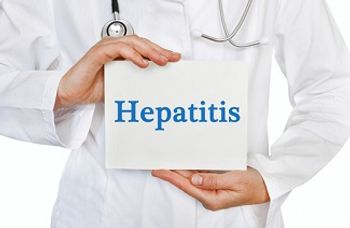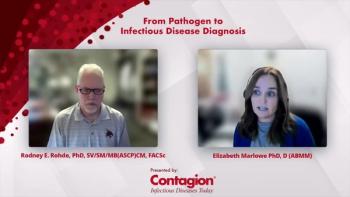
New Hope for Women in the Fight Against HIV
Recent studies show that women are at higher risk of contracting HIV; however, measures can be taken to prevent infection, as well as the transmission of HIV from mother to child.
When it comes to HIV, researchers are continually working to grasp a better understanding of what it is, how it spreads, who it spreads to, and how to prevent its transmission. Recently,
According to the presentation, these findings are based on follow-up studies of women who had previously participated in a pre-exposure prophylaxis (PrEP)
Last year, CAPRISA and their collaborators at the University of Cape Town reported that women with increased genital tract inflammation were more likely to contract HIV as CD4 white blood cells, commonly targeted by HIV, are brought to the mucosal surface when inflammation occurs. Similarly, in another study carried out in South Africa’s KwaZulu-Natal province, Douglas Kwon, PhD, an immunologist at Massachusetts General Hospital in Boston, and colleagues found that a decrease in Lactobacillus in the vagina is linked to vaginal inflammation and creates an environment unreceptive to helpful pathogens.
In a new follow-up study, researchers used samples from the women in the CAPRISA tenofovir study in an effort to identify the various bacterial species found on the vaginal swabs collected. One lab in particular, run by Ian Lipkin, MD, at Columbia University, made an interesting discovery.
According to the presentation, after Dr. Lipkin removed approximately 25,000 bacterial ribosomal RNA, he was able to identify 1,368 bacterial species; one of which played a role in increasing inflammation. Dr. Lipkin found that women who had more than 1% of Prevotella bivia in their vaginal microbiome makeup experienced greater inflammation as well as increased levels of lipopolysaccharide (LPS), and therefore, had the highest susceptibility of acquiring HIV.
According to the
Anthony Fauci, MD, head of the US National Institute of Allergy and Infectious Diseases in Bethesda, Maryland, said that these new findings offer possibilities for researchers to either manipulate the vaginal microbiome itself or introduce “helpful” bacteria that could work to head off infection. However, Dr. Kwon cautioned that this kind of manipulation is “often extremely difficult.”
Effective Protection Against HIV Transmission
Despite the news on P. bivia,
Between June 2011 and October 2013, PROMISE enrolled 2,431 pairs of infected mothers with their HIV-uninfected infants at sites in South Africa, Malawi, Tanzania, Uganda, Zambia, Zimbabwe, and India, in an effort to compare the effectiveness of two antiretroviral regimens for preventing HIV transmission from mother to child. The researchers found that three-drug antiretroviral therapy for the mother, combined with doses of nevirapine for the infant, offered protection against mother-to-child transmission.
Protocol Chair Mary Glenn Fowler, MD, MPH said in the news release, “The PROMISE team and the PROMISE mothers were gratified with extremely low rates of infant infection and excellent infant survival with the use of maternal antiretroviral therapy. These results show the importance of mothers continuing to take antiretroviral therapy to reduce risk of mother-to-child transmission during breastfeeding.”
New HIV Prevention Study
Similar to the results of ART therapy use, a
Elizabeth R. Brown, MD, the principal investigator of the Statistical and Data Management Center of the Microbicide Trials Network (MTN) that conducted ASPIRE will continue to conduct HOPE. Dr. Brown explained in a press release, “We did these new analyses to better understand the potential degree of protection the dapivirine ring could provide. These results are encouraging, finding that protection could be significant with consistent use.”
The HOPE trial will be open to all 2,614 women who had previously participated in the ASPIRE study who are not infected by HIV. Participants will be provided with a dapivirine ring to be placed in the vagina each consecutive month for a year. The women will attend monthly visits where they will have the chance to hand in their ring for a new one. Ring adherence will be determined through examination of residual dapivirine levels.
Newsletter
Stay ahead of emerging infectious disease threats with expert insights and breaking research. Subscribe now to get updates delivered straight to your inbox.

















































































































































































































































































